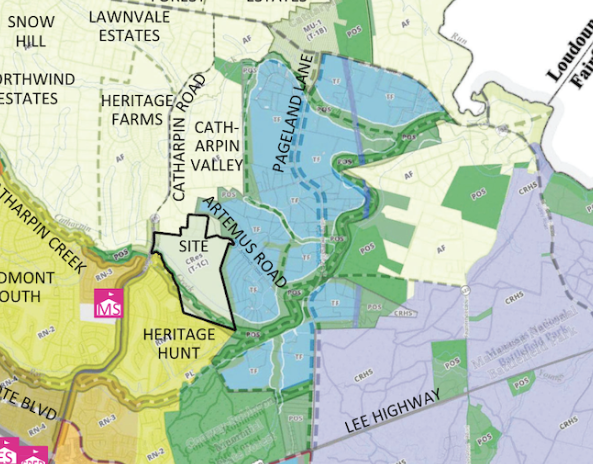by Harrison Glasgow
In the forest, in autumn, an acorn drops from an oak. Soon, a bushy-tailed squirrel finds it and obeys an ageless urge to bury it to be dug up later during the spare oncoming winter. Soon forgotten by the squirrel, it remains buried through the winter, and begins to germinate the following spring.
In several years, the acorn develops into a sapling, and begins the struggle for survival. It must compete with other trees for its share of sunlight, nutrients from the soil, and water. Its leaves are bigger than those of its parents so that it can devote more energy to absorbing the necessary light and carbon dioxide than the adult trees, thus promoting faster growth.
As it grows, more branches sprout with more leaves, and it is steadily gaining in the struggle for space. Soon, birds begin to explore the sapling for insects, and for nesting sites.






